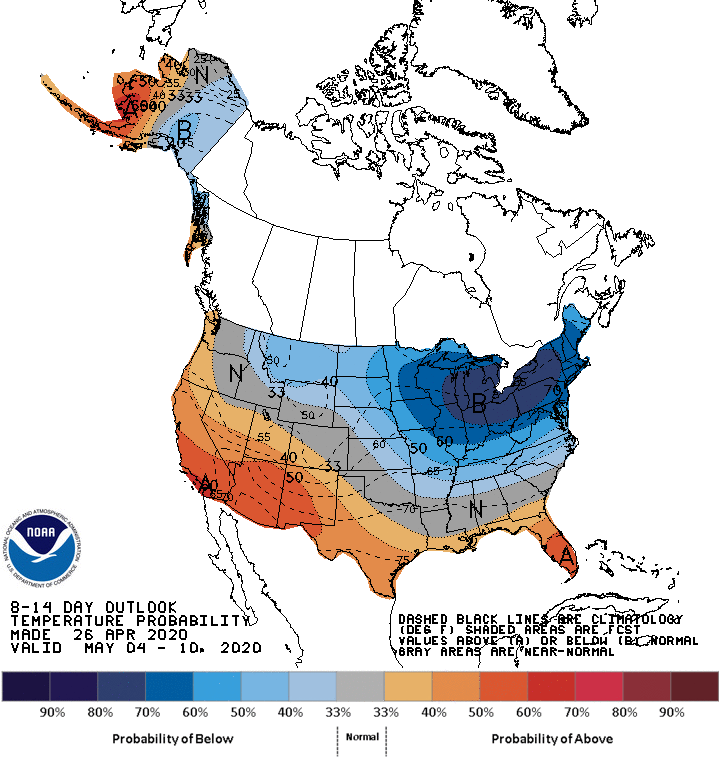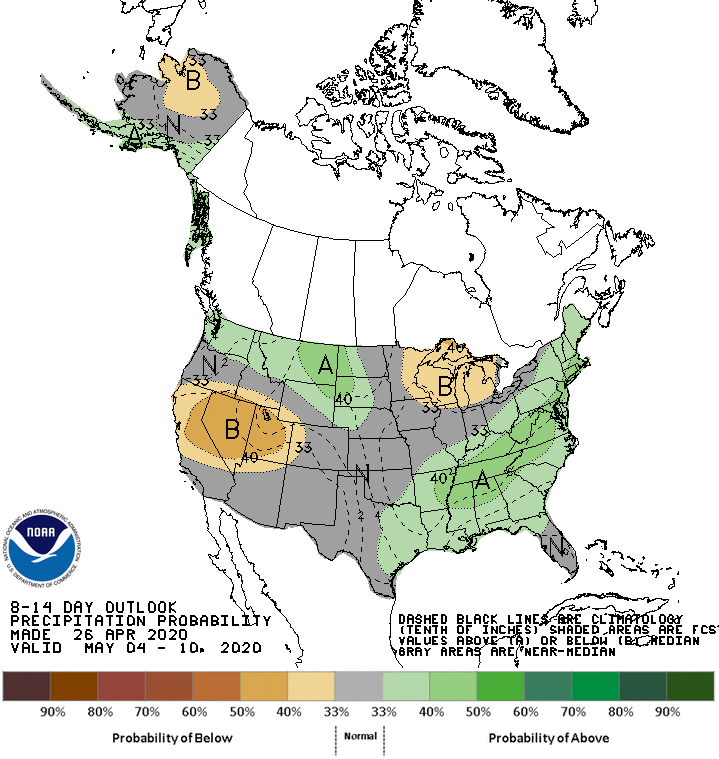Cotton Planting Conditions April 27, 2020
go.ncsu.edu/readext?682793
en Español / em Português
El inglés es el idioma de control de esta página. En la medida en que haya algún conflicto entre la traducción al inglés y la traducción, el inglés prevalece.
Al hacer clic en el enlace de traducción se activa un servicio de traducción gratuito para convertir la página al español. Al igual que con cualquier traducción por Internet, la conversión no es sensible al contexto y puede que no traduzca el texto en su significado original. NC State Extension no garantiza la exactitud del texto traducido. Por favor, tenga en cuenta que algunas aplicaciones y/o servicios pueden no funcionar como se espera cuando se traducen.
Português
Inglês é o idioma de controle desta página. Na medida que haja algum conflito entre o texto original em Inglês e a tradução, o Inglês prevalece.
Ao clicar no link de tradução, um serviço gratuito de tradução será ativado para converter a página para o Português. Como em qualquer tradução pela internet, a conversão não é sensivel ao contexto e pode não ocorrer a tradução para o significado orginal. O serviço de Extensão da Carolina do Norte (NC State Extension) não garante a exatidão do texto traduzido. Por favor, observe que algumas funções ou serviços podem não funcionar como esperado após a tradução.
English
English is the controlling language of this page. To the extent there is any conflict between the English text and the translation, English controls.
Clicking on the translation link activates a free translation service to convert the page to Spanish. As with any Internet translation, the conversion is not context-sensitive and may not translate the text to its original meaning. NC State Extension does not guarantee the accuracy of the translated text. Please note that some applications and/or services may not function as expected when translated.
Collapse ▲Keith Edmisten, Professor of Crop Science & Soil Sciences and Extension Cotton Specialist
Guy Collins, Extension Associate Professor – Cotton
Soil temperature at a 3-inch depth was 58.2 degrees at 7 a.m. this morning (April 27). We find it alarming that the highest early morning soil temperature in the last 4 days was 61.5 on April 24.
The DD60’s predicted for the 5 days following planting at Rocky Mount are included in the table below. Conditions look to be improving after today with another couple cool nights predicted for April 30 and May 1. The safest strategy be will be to start planting on May 3. If you want to get started on the second, wait until the soil temps warm up from the previous night. We would like to see soil temp get to 65 degrees.
Conditions can change quickly as these predictions are based on a 10-day weather forecast. The first 6 days are based on the National Weather Service and the last 4 days are based on predictions from weather.com.
The table below is for Rocky Mount and based on the 10-day forecast. We include this as a general guide. As spring weather forecasts can often differ across the state, we strongly encourage you to get a more local forecast that can be easily updated daily using the new NC State University Cotton Planting Conditions Calculator. The calculator can be found on the Cotton website under the link “Calculators and Decision Aids” on the left side toolbar, or directly at the Cotton Planting Conditions Calculator page. We encourage growers to use and monitor the calculator twice daily to account for potential changes in weather forecasts for your region or farm. Simply click on your farm location on the map, and click “submit” for your local planting conditions forecast.
You can see below that it looks like we could be in for a rather challenging cotton planting season with the temperatures for the next 10-14 days predicted to be below normal and the rainfall to be above normal. This makes it even more important that we know our cool germination results and take care to adjust seeding rates according to conditions and seed quality.
NCDA Cotton Seed Quality Database: The database can be found on the Cotton website under the link “Calculators and Decision Aids” on the left side toolbar, or directly at NCDA Cotton Seed Quality Database. As we have stated in previous articles, it is absolutely critical to know the seed quality for all seed lots that you purchase. If you have a complaint regarding poor emergence during planting season, the first thing that we or our county agents will ask for is the NCDA&CS germination test results. Without these results, there is little we can do to help you. Therefore, MAKE SURE your seed have at least been sampled by NCDA&CS as soon as you have your lot numbers available. If a sample has not been collected yet by an NCDA&CS seed inspector, contact Brian Bowers (brian.bowers@ncagr.gov, 919-707-3756) at NCDA&CS immediately, and he will notify local seed inspectors to collect a sample for you as soon as reasonably possible. It’s important to note that NCDA&CS Official Sampling of seed quality requires that seed bags or containers to remain unopened, and the inspectors must be the first to open the bag/container to collect the sample, in order for the test results to be considered during seed complaints. If bags or containers have been opened, downstream seed treatments, etc. then a test can still be conducted only as service sample, but not as an official sample. Given that this program is voluntary, there may be some seed lots that come into NC without notification to NCDA&CS. Therefore it is imperative that growers check the database and notify NCDA&CS promptly so that samples can be collected and germ tests completed.





